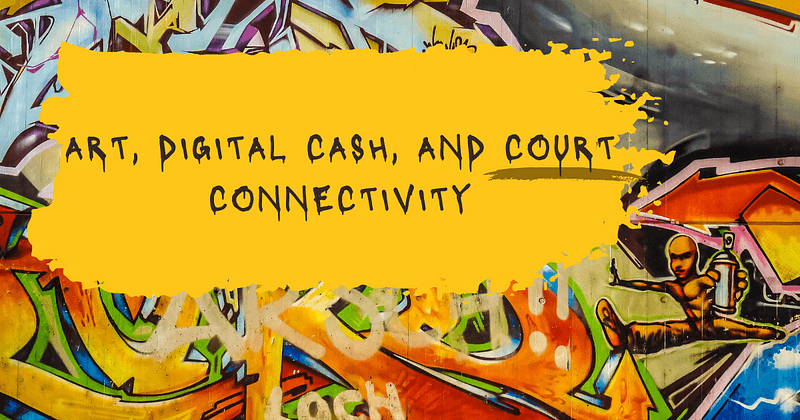Art has held and amassed value comparable to gold and real estate over the last 100 years; and with a market value of over $1 trillion, art has become a standard investment vehicle for society elites. However, art’s investment value is set to grow even larger as blockchain technology provides functional utility, borderless liquidity, and accessibility for all. Regardless of these characteristics, the entire industry is at risk.
Taking the form of NFTs, digital art has grown in popularity and can be purchased using digital cash, thus assigning real world value and unlocking a suite of tools such as lending protocols, IP licensing, and token gated communities. This makes digital art not just a good store of value, but a functional token that provides utility.
Just take a look at the price history of Chromie Squiggles, Meridians, or CryptoPunks, which benefit from a set supply, established artistic demand, and active community that markets the work — allowing the art to gain attention and value. Or, in the case of Doodles, BAYC or Pudgy Penguins, a team which actively builds products that add value to all of the art in the ecosystem.
These values are derived from the fact that digital art can be purchased with cryptocurrencies, instantly, from anywhere in the world. Allowing for “Near-Frictionless Exchange” as described by Derek Edws in Storing Value in Digital Objects.
“Unique digital objects can move frictionlessly across peer-to-peer rails and self-sovereign wallet custody, bypassing expensive and time consuming costs associated with shipping, settlement, storage, and legal contracting.”
However, while blockchain technology makes art accessible, its connection to digital cash involves the same unregulated risks: loss of assets from scams, hacks, or sending funds to the wrong address.
It seems like every week we learn of someone impacted by these events, totaling millions of dollars by today’s estimates and causing hesitation amongst traditional investors to enter the digital market. And while education certainly helps, it is unlikely to onboard traditional commerce as they demand a simpler and safer system.
But looking to governments and regulators for clarity hasn’t provided any remedies either, as no laws have yet been established. This has left users unprotected, lawyers confused, and everyday consumers hesitant to embrace the technology.
So how do we give more value to these digital assets while giving users the legal protections they would expect in Web2 environments such as owning a house, car, business, or physical painting?
Court connectivity on-chain.
The technology is here, and takes the form of layer-1 protocols that provide legal remedies through court integrated nodes. This can either be fully integrated blockchain networks, such as the Jurat network, or separate oracles that integrate into pre-existing chains.
The ability to provide legal protection to digital art will certainly ease the minds of artists, collectors, and regulators — while greatly increasing the value proposition of these assets as they now can be recovered in the event of wrong-doing.
Don’t you think Kevin Rose would file a lawsuit to get back all of his NFTs if he had the opportunity? We know we would…
While decentralization maxxis will scream at the idea, it is inevitable that some regulations will eventually be forced upon users. Or, even worse, influenced by private industries trying to extract more value from the space. So, why not get ahead of these issues and use the courts to settle disputes on-chain? This would provide a familiar system for everyone, including regulators, and added security for users. Plus, it will likely force accountability for Web3 builders — thwarting the next rug pull or hacking attempts — and creating a safer digital environment for all users.
While we don’t see your 90 year old grandmother participating in the Curve Wars or becoming a Solana NFT degen, we do see a place where she could purchase a 1/1 piece from a well known digital artist like Grant Yun and be afforded the same legal rights as if she were to purchase a physical Warhol, Picasso, or Nina Chanel Abney.
Because, isn’t the whole point of Web3 to develop tools that solve the issues of our world?
If only seasoned Web3 users can safely bridge cash on-chain and use their products, it greatly limits the viability of such technology. However, integrating legal remedies on-chain can serve to bring incredible value so that anyone can utilize Web3. And while encouraging people to utilize court-connected technology is our mission and will surely take time, we are confident in its proposition to increase the value of digital art and safely onboard traditional commerce to using blockchain technology for all aspects of business.



